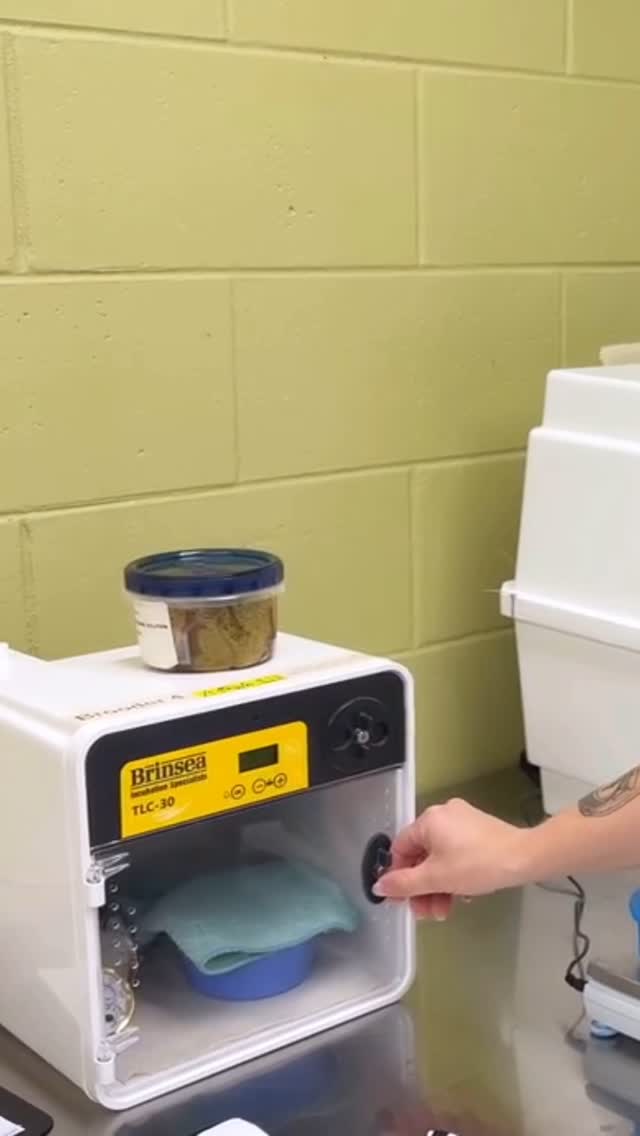- The significance of the Guam kingfisher chick hatching at the Cincinnati Zoo in 2025.
- The ecological history and current status of the Guam kingfisher, including its status as extinct in the wild.
- Collaborative conservation efforts by AZA-accredited zoos and the Sihek Recovery Project.
- Rewilding initiatives and progress on introducing Guam kingfishers back to the wild.
- Broader implications for wildlife conservation and species recovery.
In 2025, the Cincinnati Zoo celebrated a momentous event with the hatching of a Guam kingfisher chick. This event is of great importance, especially for a species classified as extinct in the wild. The Guam kingfisher, or Sihek, is a small, vibrant bird endemic to the island of Guam. Once prevalent in its natural habitat, the species faced severe population declines due to habitat destruction and the introduction of invasive species like the brown tree snake. By the late 20th century, the bird could no longer be found in the wild.
The Guam kingfisher’s decline is a poignant example of the fragility of island ecosystems. These ecosystems are particularly vulnerable due to their limited size and isolation, which can lead to rapid shifts in biodiversity balance. For the kingfisher, the most significant threat was the invasive brown tree snake, introduced after World War II. This predator decimated local bird populations, including the Guam kingfisher, pushing them toward extinction in their natural environment.
In response to these dire circumstances, the Association of Zoos and Aquariums (AZA) initiated conservation efforts in the 1980s. Zoos, including the Cincinnati Zoo, began collaborating with the Sihek Recovery Project to devise strategies for the bird’s survival. Captive breeding programs have been pivotal in these conservation efforts, providing a lifeline for the species. Under carefully controlled conditions, these programs focus on increasing the population numbers of this critical bird.
The Cincinnati Zoo’s success in hatching a Guam kingfisher chick in 2025 is a testament to the ongoing collaborative conservation efforts. Each chick born in captivity bolsters the population and enhances genetic diversity, which is vital for future reintroduction efforts. Breeding programs involve meticulous planning and care, focusing on creating optimal conditions for the birds‘ health and breeding success.
Beyond breeding, the primary objective is to reintroduce these birds into their natural habitat and restore their role in Guam’s ecosystem. Recent initiatives have made significant progress in this area. In the previous year, nine young Sihek were successfully transported to an island in the Pacific, marking a critical step toward rewilding. Preliminary reports indicate that these birds are thriving in their new environment, offering hope for future rewilding projects.
The rewilding process is complex, involving careful selection of release sites, predator control, and habitat restoration. Conservationists monitor these factors closely to improve survival rates and encourage natural behaviors in released birds. The promising results from recent rewilding efforts have spurred plans to move more birds back to the wild, laying the groundwork for a self-sustaining population.
The broader implications of these efforts extend beyond the Guam kingfisher. This initiative serves as a model for conservation strategies targeting other species facing similar threats. Collaborative projects demonstrate the power of combining resources, expertise, and public awareness to address biodiversity losses. These efforts highlight the importance of captive breeding programs, species recovery planning, and rewilding initiatives in modern conservation.
This milestone for the Guam kingfisher exemplifies the potential for reversing extinction trends, emphasizing that dedicated, well-coordinated conservation action can yield positive outcomes. As these projects continue, they inspire conservationists globally and underscore the critical necessity of maintaining biodiversity. Reinvigorating endangered species like the Guam kingfisher is crucial in preserving ecological balance and fostering resilient ecosystems for future generations.
*****
Source Description
The first Sihek, aka Guam kingfisher, chick of 2025 has hatched at the Cincinnati Zoo! This is big news for a species that is listed as extinct in the wild. @CincinnatiZoo is part of a group of AZA-accredited zoos that have been working together, along with @sihek_recovery_project partners, to repopulate this species since the 1980s. Each chick is vitally important. Last year the group was able to send 9 young Sihek to an island in the pacific as a first step to rewilding these birds. They are thriving there, and the goal is to send more! So, celebrate this rare little bird!


